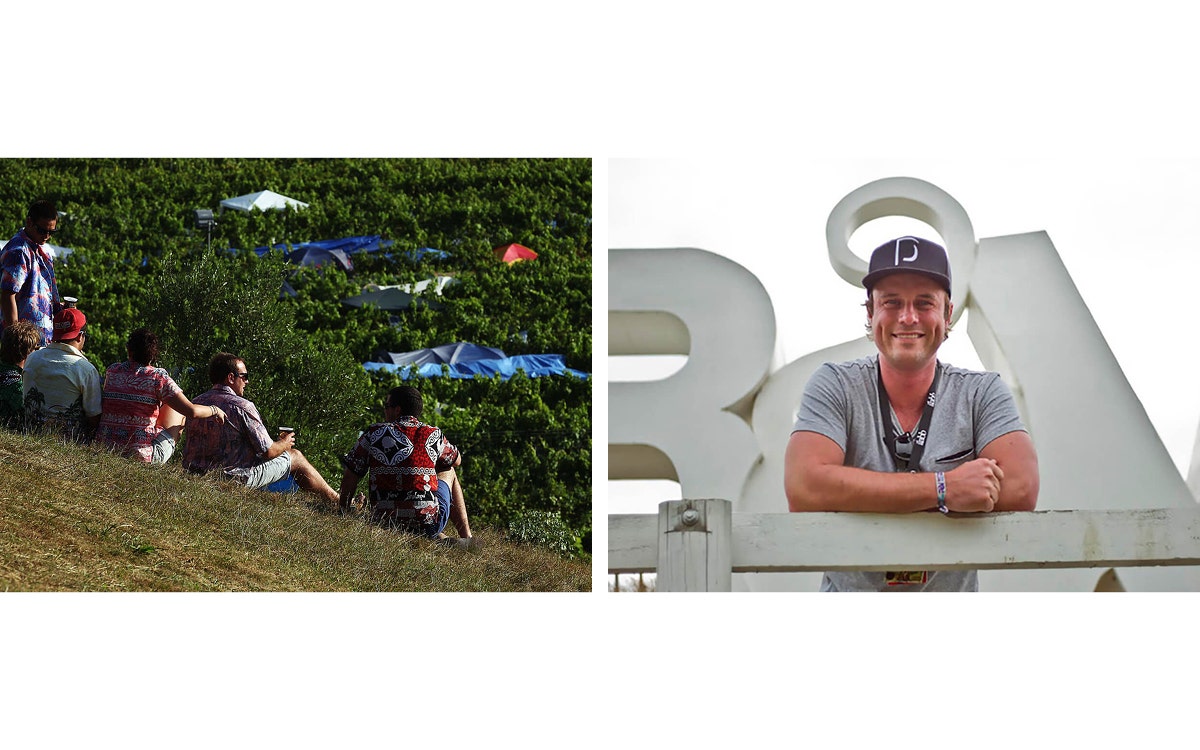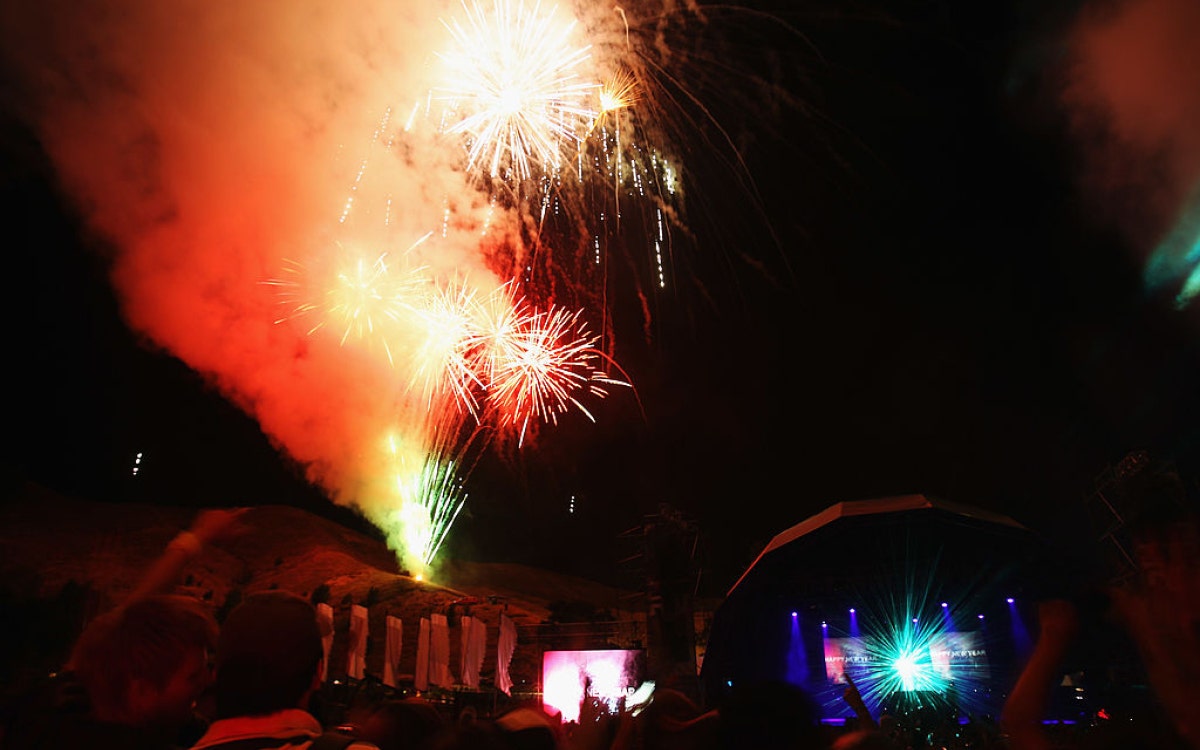For most of us the festival season lasts a few months over summer, and then normal life resumes. But for festival directors like Hamish Pinkham the season is year-round, work starting as soon as the last punter leaves the grounds the year before.
When Rhythm and Vines started in 2003, New Zealand's festival scene was little more than a few one-day events serving big pop energy to a few thousands punters. Now, you can hardly move in the summertime without bumping into a festival crowd. From Northland to Queenstown there's an endless stream of options for all music tastes.
Hamish Pinkham founded Rhythm and Vines, and he says when the punters are heading home, that's when his work begins on the next year's festival. "I've just come off a call with some music agents and they were wanting decisions made for December, and it's only the start of March. It's becoming earlier and earlier; some deals are even done at the festival for next year."
Securing talent, food suppliers, drink suppliers and all the necessary facilities and staff takes the whole year, and a lot of the initial work is done at the festival to prepare for the next one. Pinkham has attended every year since Rhythm and Vines' conception, and he says he can tell what's working and what's not by experiencing it all himself.
"The curation is done while you're there and walking around going 'that's working, that's not working, we need more of that or less of that'. The best place to start is at the festival."

For the crowd of thousands that descend upon Gisborne's Waiohika Estate each year, it's not just about the music. The week-long festival is just as much about the road trip, the camping and the party, and Pinkham says this is obvious due to the amount of tickets that sell before the lineup is announced.
"We've usually sold 50-60% of the tickets before the lineup drops, so arguably people are there anyway. They come for the Rhythm and Vines experience. Lineup is a big part but it's not the reason they're there."
The experience is not one for the faint of heart though; Pinkham admits the area can get hectic. In the last few years they've been limiting the ticket numbers and they're still working to distance themselves from the image of the 2015 riots caused by punters at the BW Summer Festival, which ran alongside Rhythm and Vines over the New Year period.
The perception that RnV might be geared towards younger crowds doesn't worry Pinkham though. It's a proven model that he doesn't want to change. "People love what we're doing. We can't be everything to everyone, but we've got a good niche so we just need to keep doing what we're doing… Don't change a winning formula."
That formula includes a recent switch to booking house music artists, a shift from the drum and bass foundation the festival has previously focused on. House artists like Duke Dumont, Peggy Gou, and Green Velvet have all travelled to New Zealand for the festival in the last two years and have been hits with punters. It's important to Pinkham that the team keeps nudging the boundaries of what Kiwi fans want.
"People are there to let their hair down, so we need artists that can cater to that, which is why big bass music works really well. When you're standing on the hillside in the Gisborne sun with your mates, you can't beat it."
With their 20-year anniversary in sight, Pinkham's proud of what the team has accomplished – turning Rhythm and Vines from a small New Year’s gathering into the biggest festival in New Zealand. While there are new challenges each year, Pinkham doesn't think the momentum is going to stop any time soon.
"It's the first place in the world to bring in the New Year, so we want to do something that we're really proud of,” he said. “We’re doing something uniquely Kiwi right here in New Zealand at a world class level."
Photos: Getty, supplied

